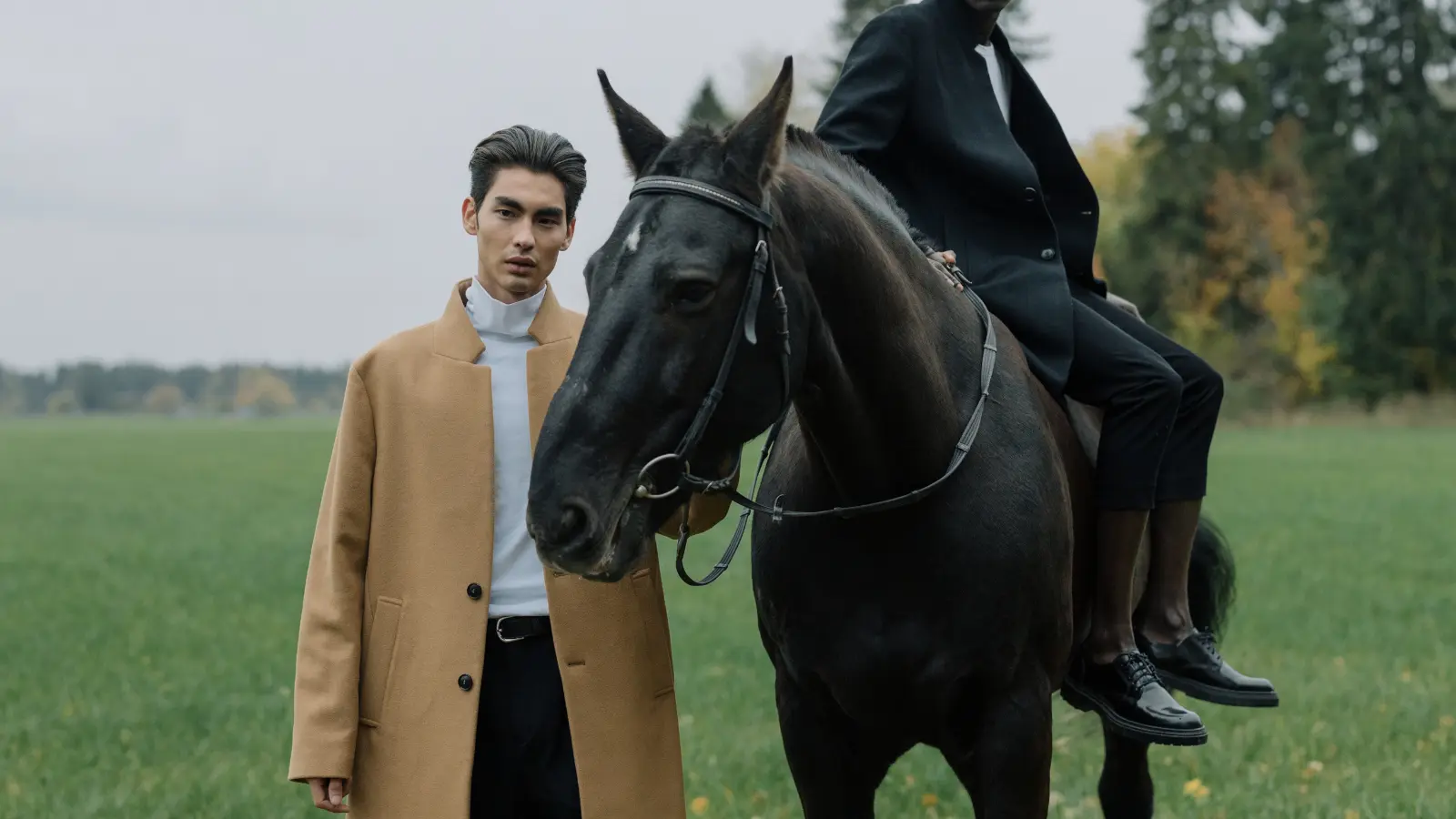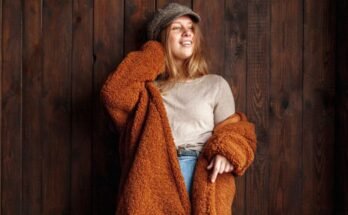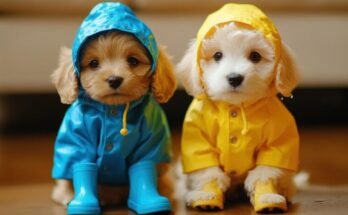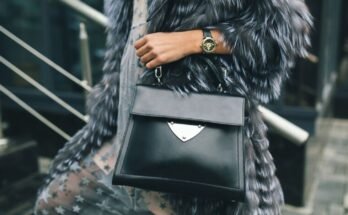A peacoat and a trench coat are two distinct types of outerwear. A peacoat is a compact, double breasted coat featuring a wide collar. A trench coat is a longer coat, usually reaching below the knee. Both coats are classic and stylish. The peacoat is known for its short length and warmth. The trench coat on the other hand is known for its long shape and versatility in milder weather.
What is a pea coat?
A pea coat is a type of outer garment. It is relatively short in length. It has a double-breasted front and is made of heavy wool coat. These are its distinctive features.
Pea coats originated in maritime wear, providing warmth and protection to sailors. They were worn primarily by European and American sailors facing harsh elements. Over time, pea coats transformed into versatile pieces, valued for their practical use. They now enhance casual ensembles with their functional, everyday appeal.
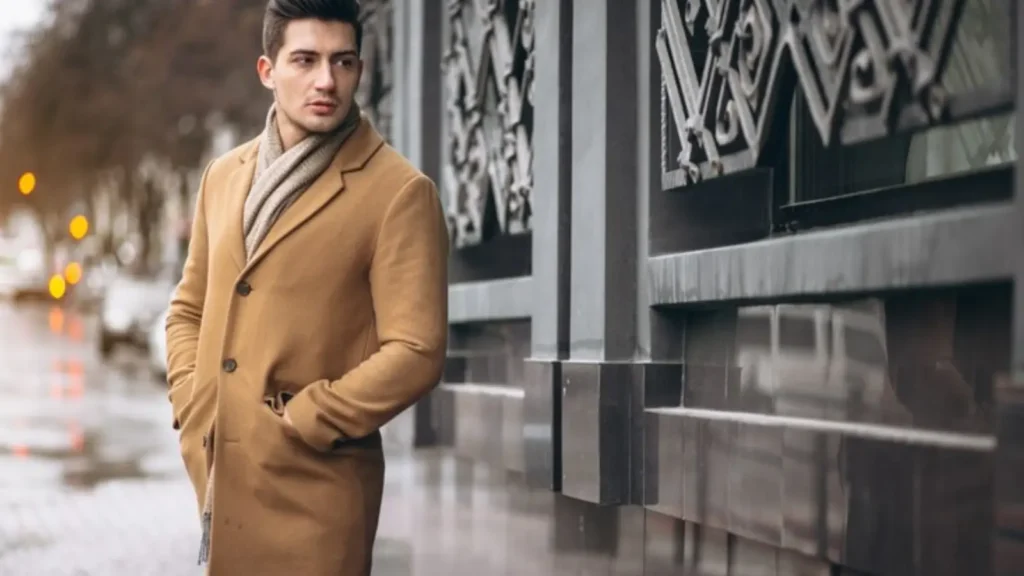
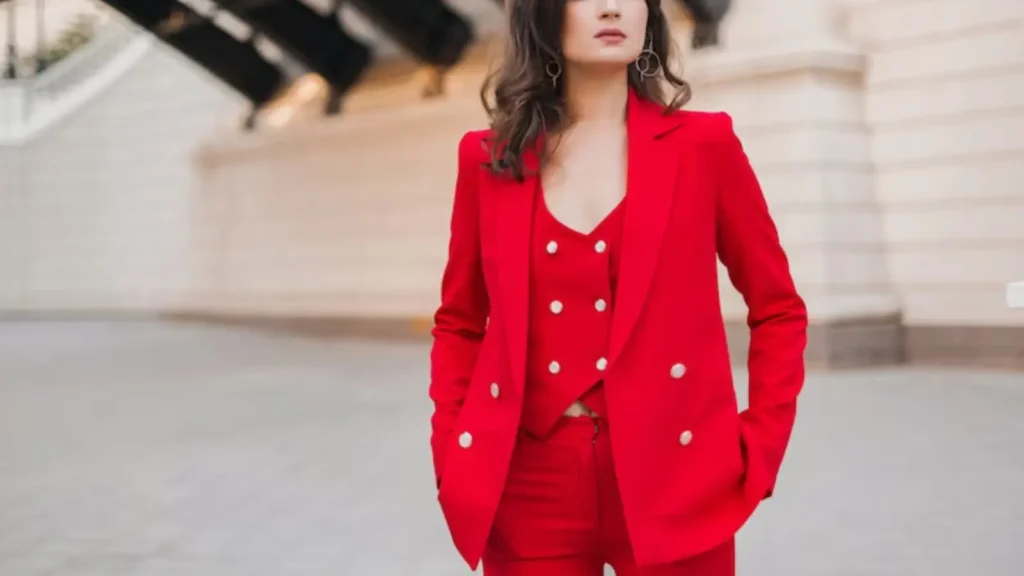
Features of pea coats.
Pea coats share several features that contribute to their distinctive style and functionality.
- Double-Breasted Front
- Relatively short in length.
- Woolen Construction
- Wide Lapels
- Vertical or Slanted Side Pockets
- Back Vent or Slit
Benefits of Choosing a Pea Coat
Manufacturers make pea coats from thick, heavy wool. They provide great insulation to keep you warm in cold weather.
Pea coats have a classic design. They look timeless and versatile, remaining fashionable for years.
Pea coats are typically made from durable materials. They resist wear and tear, so they last a long time. They are a good investment.
It has large lapels and double-breasted fronts. Pea coats also provide extra protection from wind and cold.
They go with many outfits. These include jeans, dress pants, and sweaters. This makes them easy to add to your wardrobe.
The pea coat has a rich naval history, adding a touch of tradition and character to your wardrobe.
Pea coats often flatter different body shapes. They fit many people well.
What is a trench coat?
In contrast, a trench coat is a form of outerwear known for its manufacture. Trench coats come in various materials, styles, and colours. However, they all share a common trait. Their heavy build sets them apart from other outer garments.
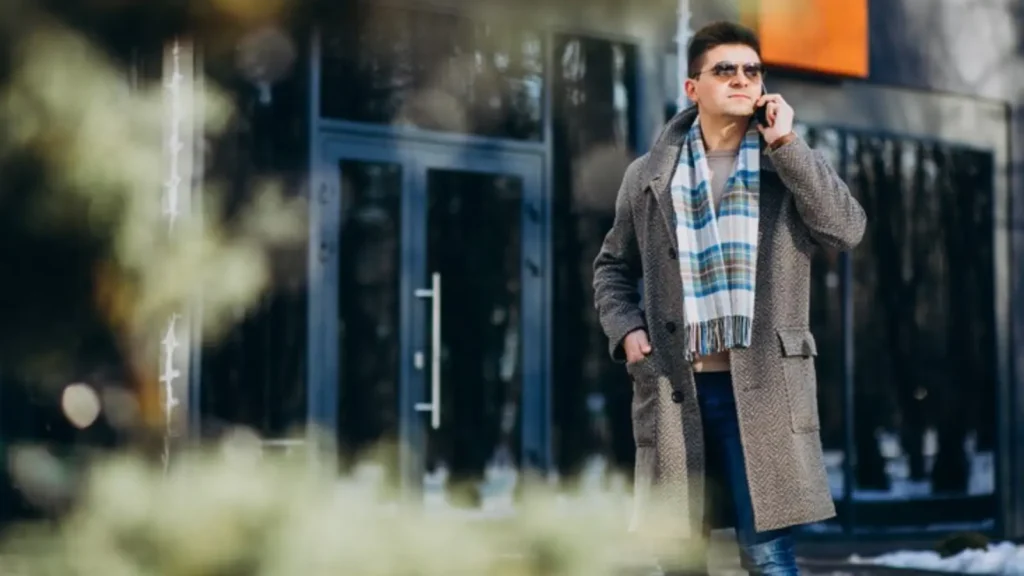
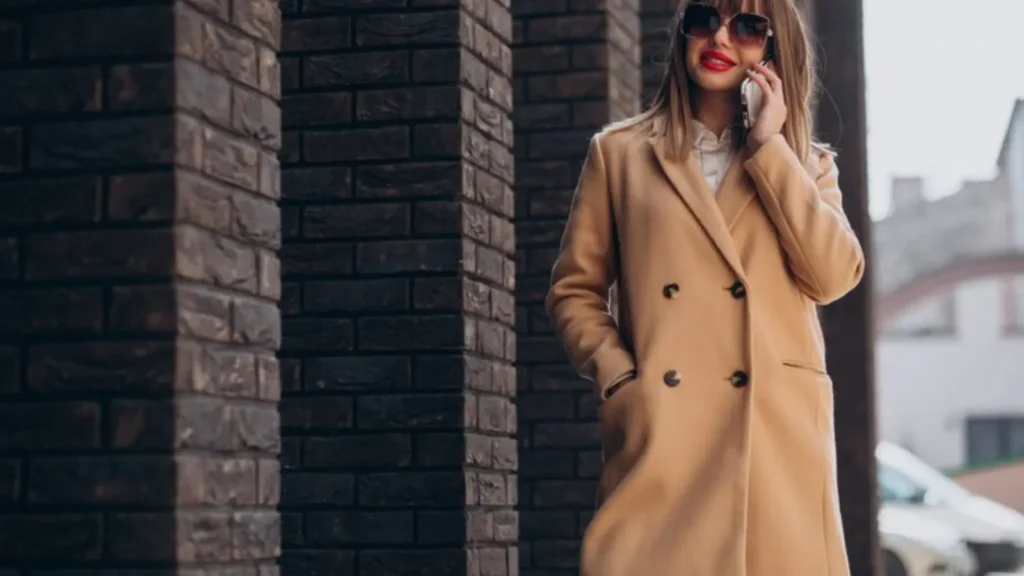
Features of Trench Coats
Trench coats share several common features:
- Double-Breasted Front
- Belted Waist
- Epaulettes
- Cuff Straps
- Storm Flap
- Gun Flap
- Back Vent
- Water-Resistant Material
- Collar
- Lining
Benefits of Choosing a Trench Coat
- Trench coats suit both casual and formal occasions. You can wear them anywhere.
- They withstand weather conditions, keeping you dry and warm in rain or wind.
- Trench coats have a classic design. It is timeless and ensures they remain fashionable for years.
- Trench coats have features such as a belt, deep pockets, and a sturdy collar. They offer both practicality and style.
- Trench coats can easily go over different clothing. They let you adapt to changing temperatures.
- They add sophistication. This makes them an excellent choice for a polished and professional appearance.
- A good trench coat can last a long time. It is a staple in your wardrobe and provides you with good value for your money.
Things to check in trench coat vs pea coat
Trench coat vs Peacoat are winter outerwear. They stand out for their timeless style and versatility.
Things to Consider in a Pea Coat
Material
In the world of peacoats, the suitable material is essential. Look for options crafted from wool blends or cashmere for warmth and durability.
Tailoring and Fit
The perfect pea coat should strike a balance between style and comfort. Make sure your clothes fit well and flatter your physique.
Things to Consider in Trench Coat
Water-Resistant Fabrics
Trench coats are known for their practicality, especially in unpredictable weather. Get a trench coat from water-resistant fabrics. It will keep you dry during unexpected rain.
Classic Design Elements
Trench coats are iconic for their classic design elements. Look for these key features when making your selection.
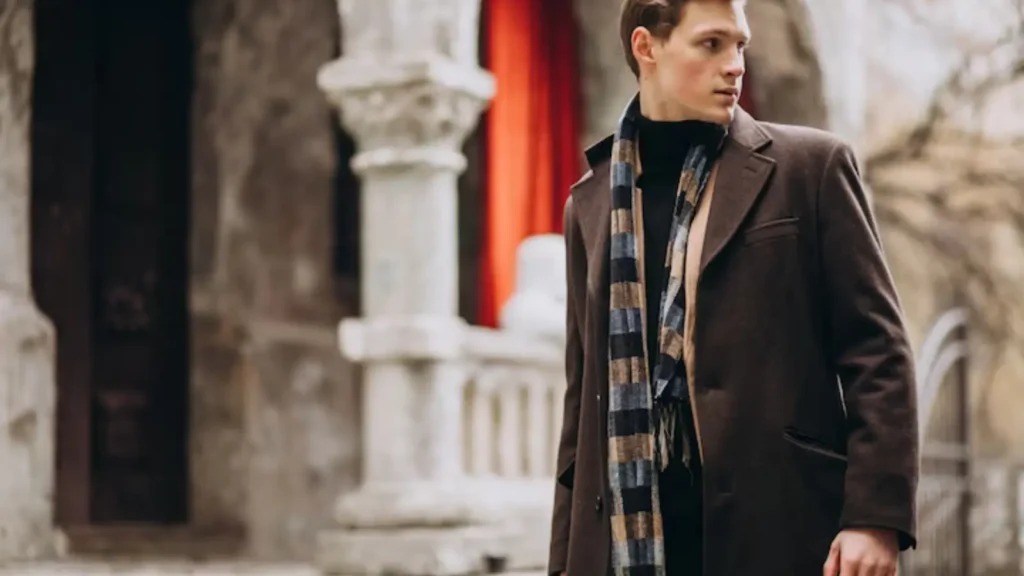
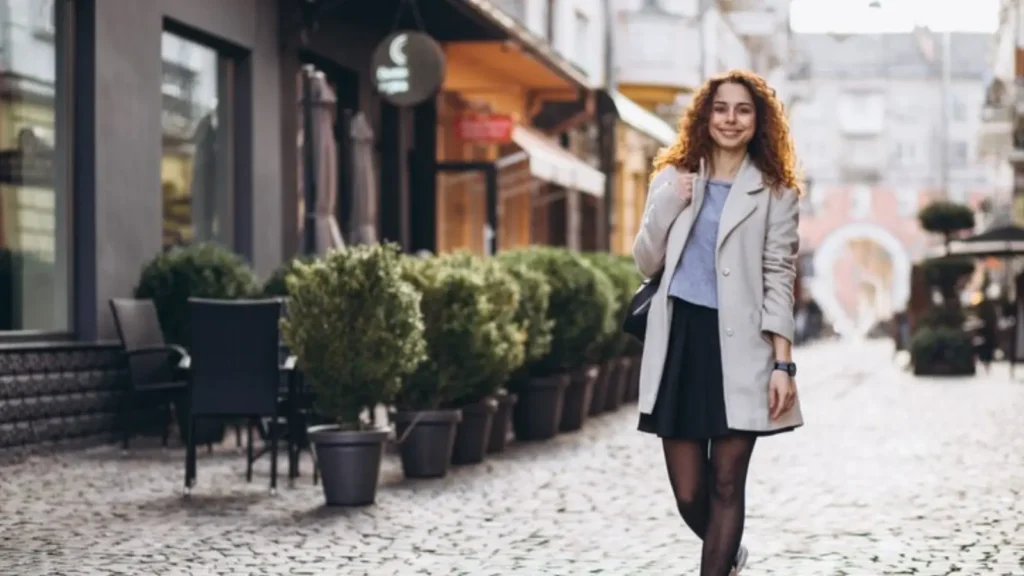
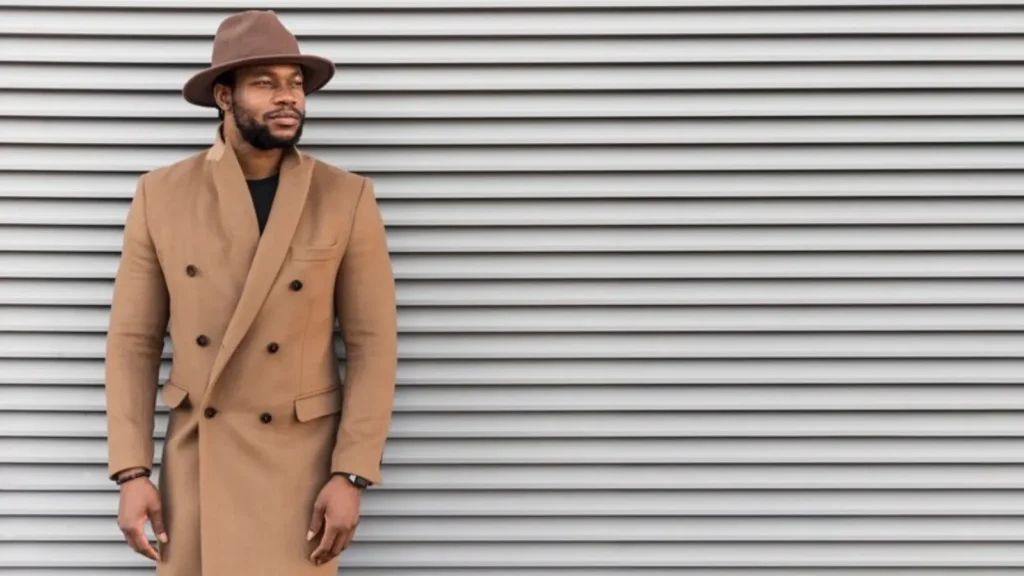
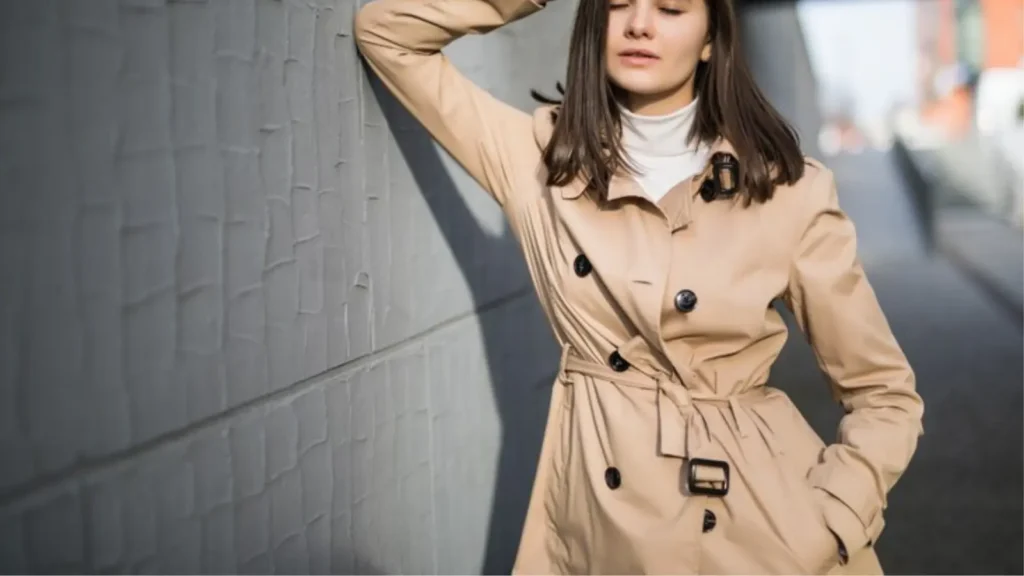
How to Wear a Coat over a Suit?
Putting on a coat over your suit is a breeze! Once your suit is on, pick a coat that matches its style. Secure your jacket, tucking the suit collar snugly out of sight. Check that your suit sleeves peek out a bit from the coat sleeves and that the coat is longer than your suit jacket. Don’t forget to pick the right shoes—polished dress shoes work well. If it’s chilly, add a scarf that complements your outfit. Put it on with conviction, and you’re ready!
Should I get an overcoat or a peacoat?
Choosing an overcoat and a peacoat depends on your needs and style preferences. A peacoat is a versatile, warm, and classic choice for many occasions. Peacoats are generally shorter in length. They are double-breasted coats made of heavy wool. They provide warmth in cold temperatures. They are well-suited for casual and semi-formal settings.
But, an overcoat may be better if you need a longer winter coat. It provides more coverage, especially in freezing climates. Overcoats are longer than peacoats, reaching below the knee. Various materials can make them, providing warmth and a formal appearance. Overcoats are often worn over suits or dressier outfits.
Consider your lifestyle. Also, consider the climate of your location and the occasions for which you’ll wear the coat. Also, consider your style. Do you prefer a shorter, casual look, such as a pea coat, or a longer, more formal one, such as an overcoat?
The Takeaway
The difference between trench coat and peacoat is a timeless debate. It lets you make a stylish and practical choice for your winter wardrobe. You can go for the classic elegance of a pea coat. It’s warm and tailored. Or, you can choose the versatility of a trench coat. It’s unpredictable weather. Both styles have their unique charm. In the end, your choice should reflect your style. It should keep you warm and stylish in the cold temperatures. Happy styling!

